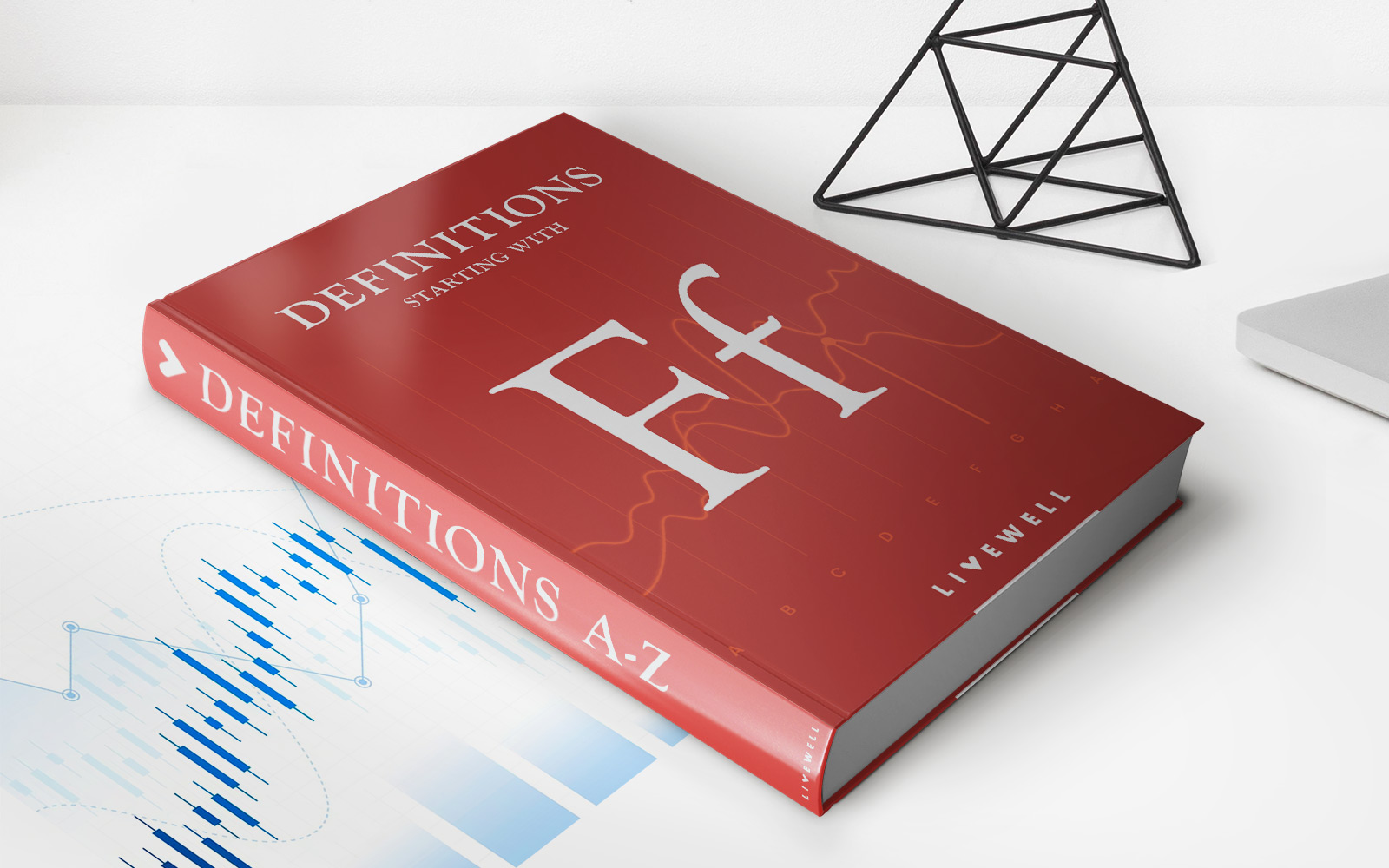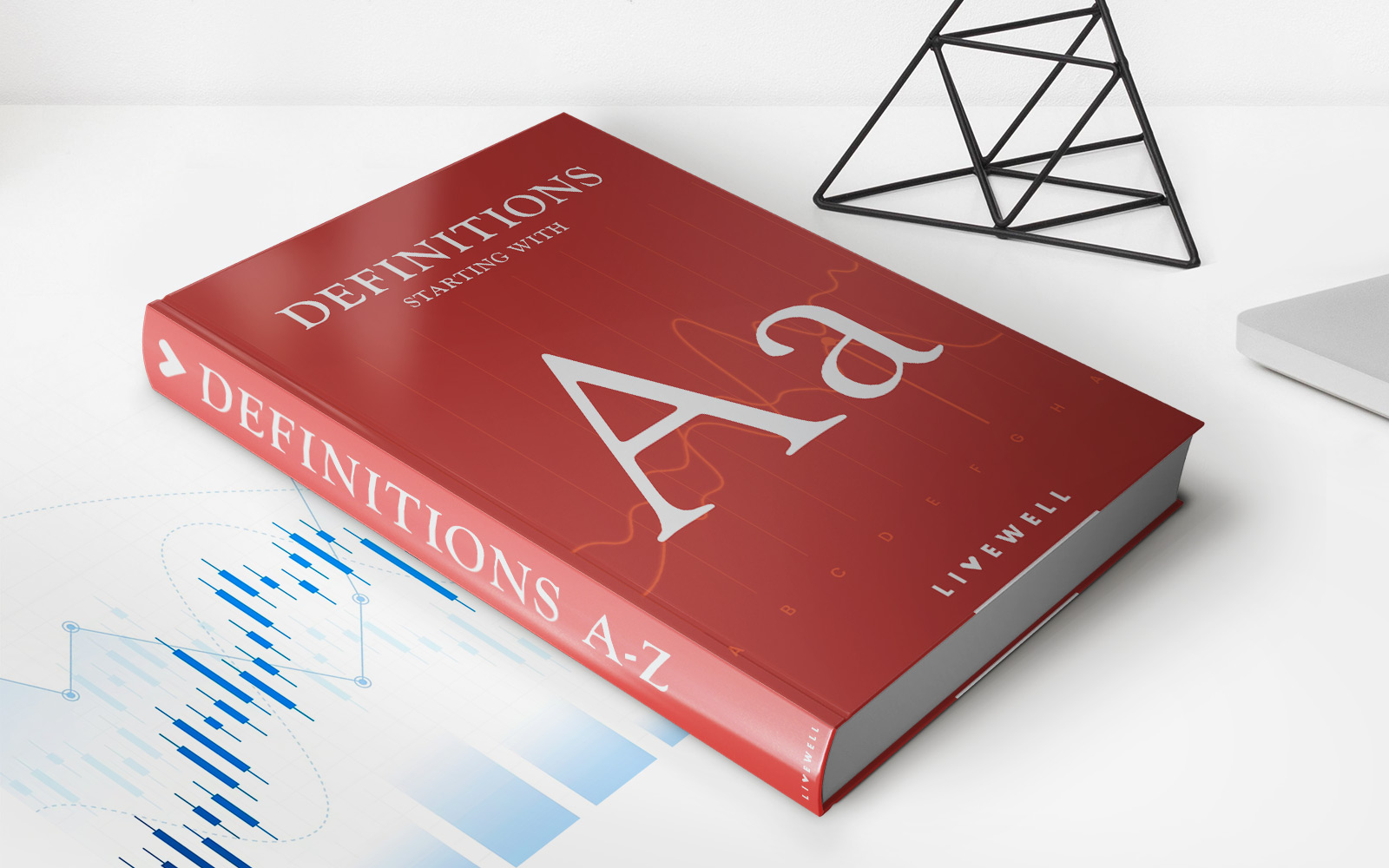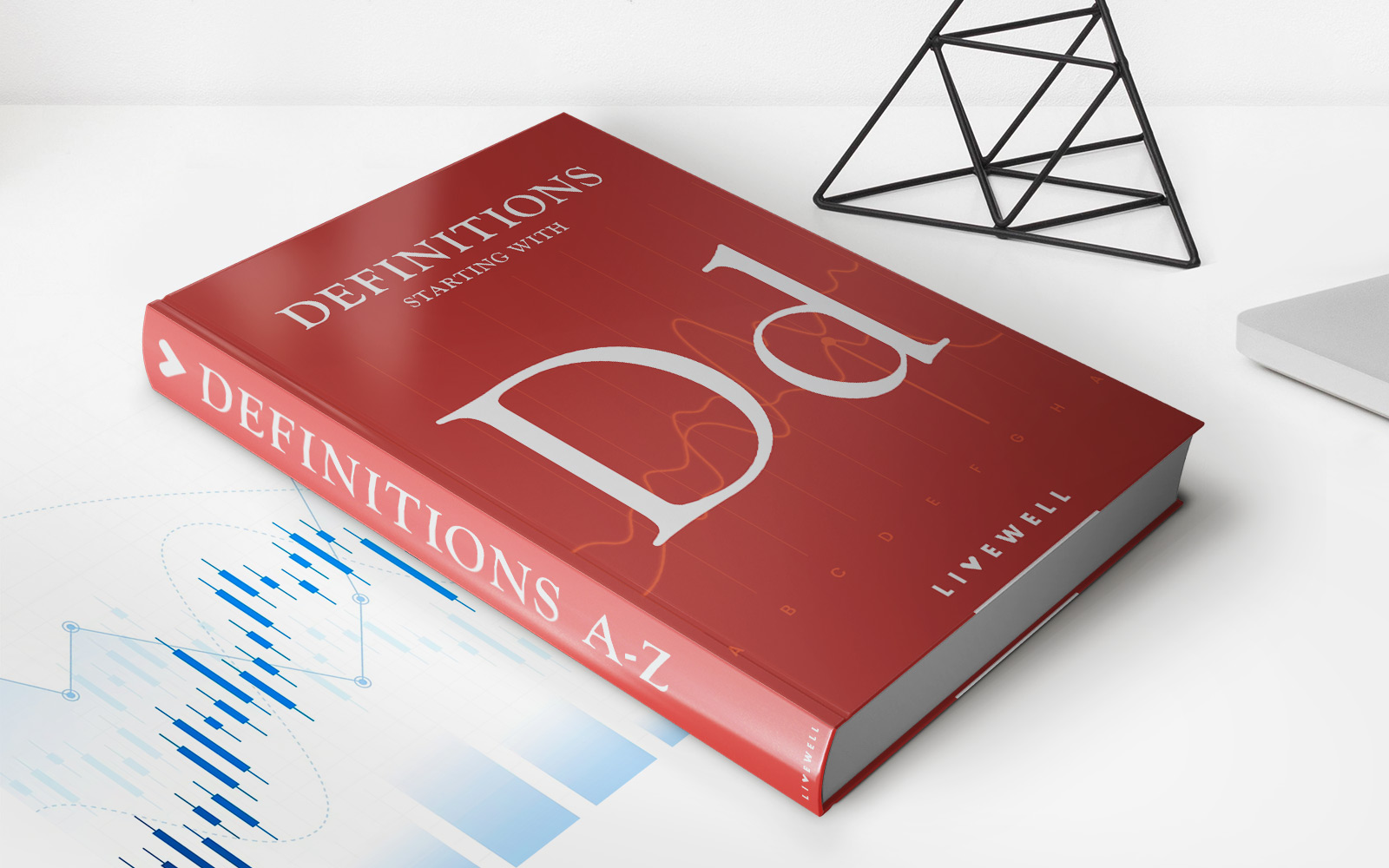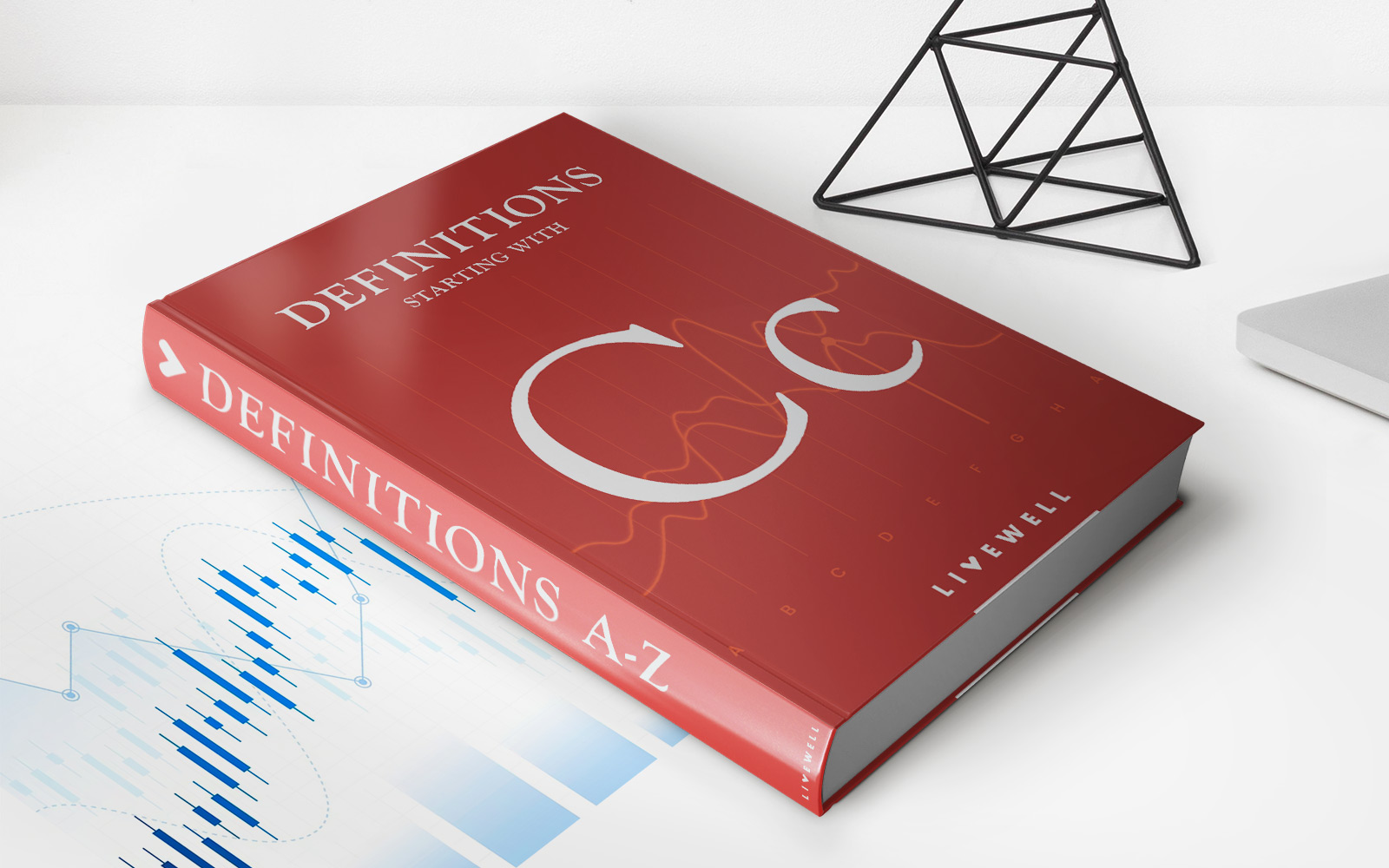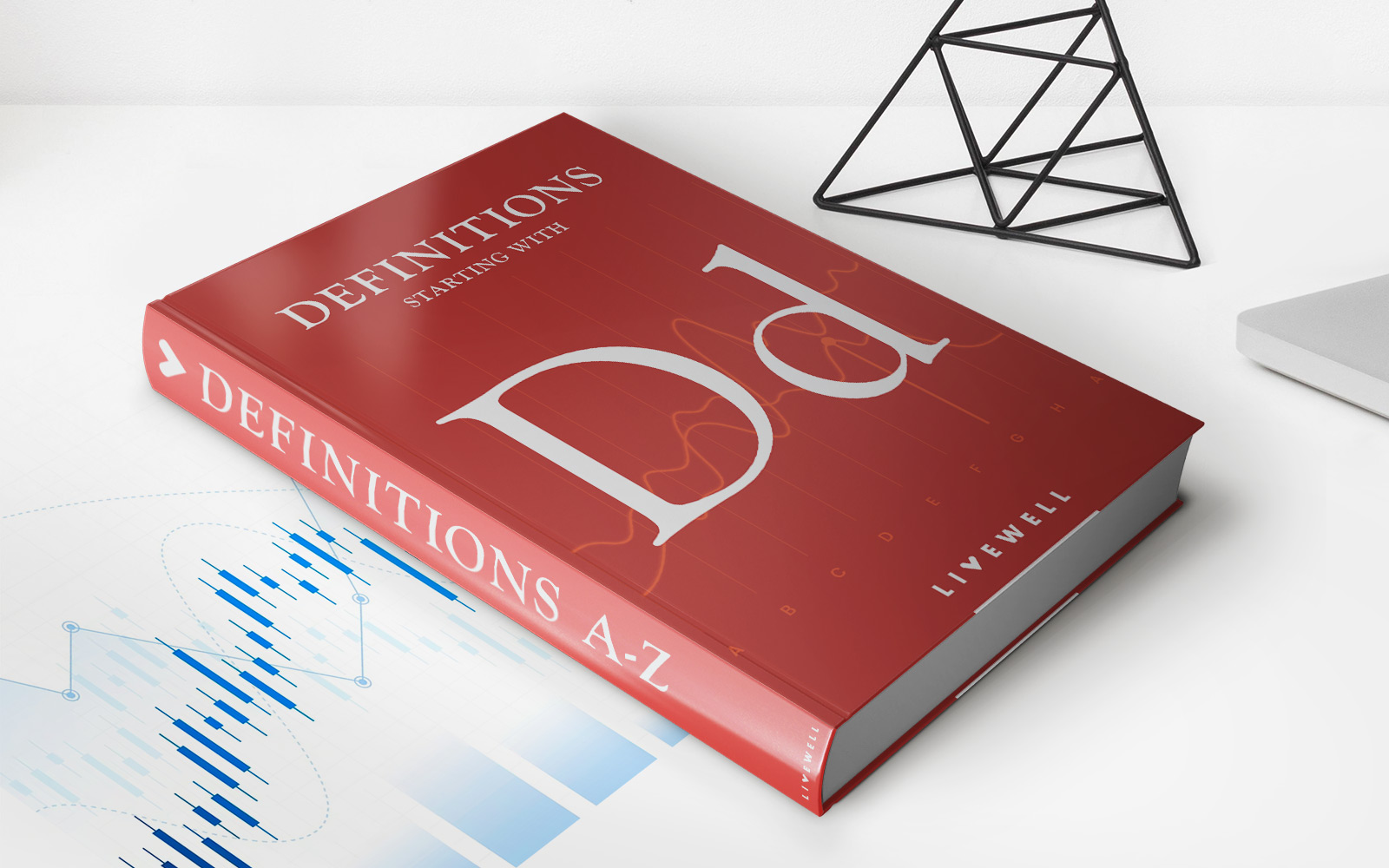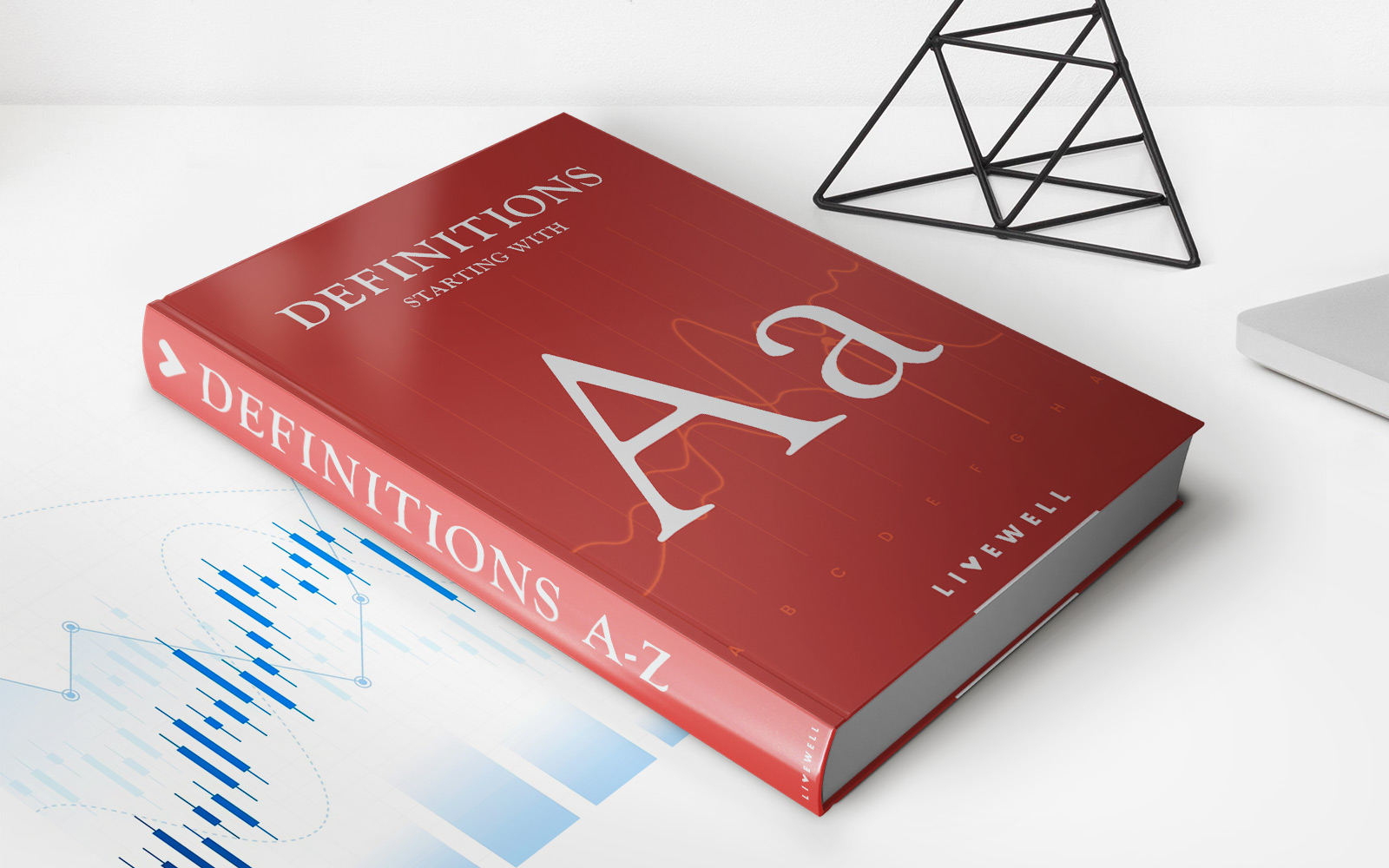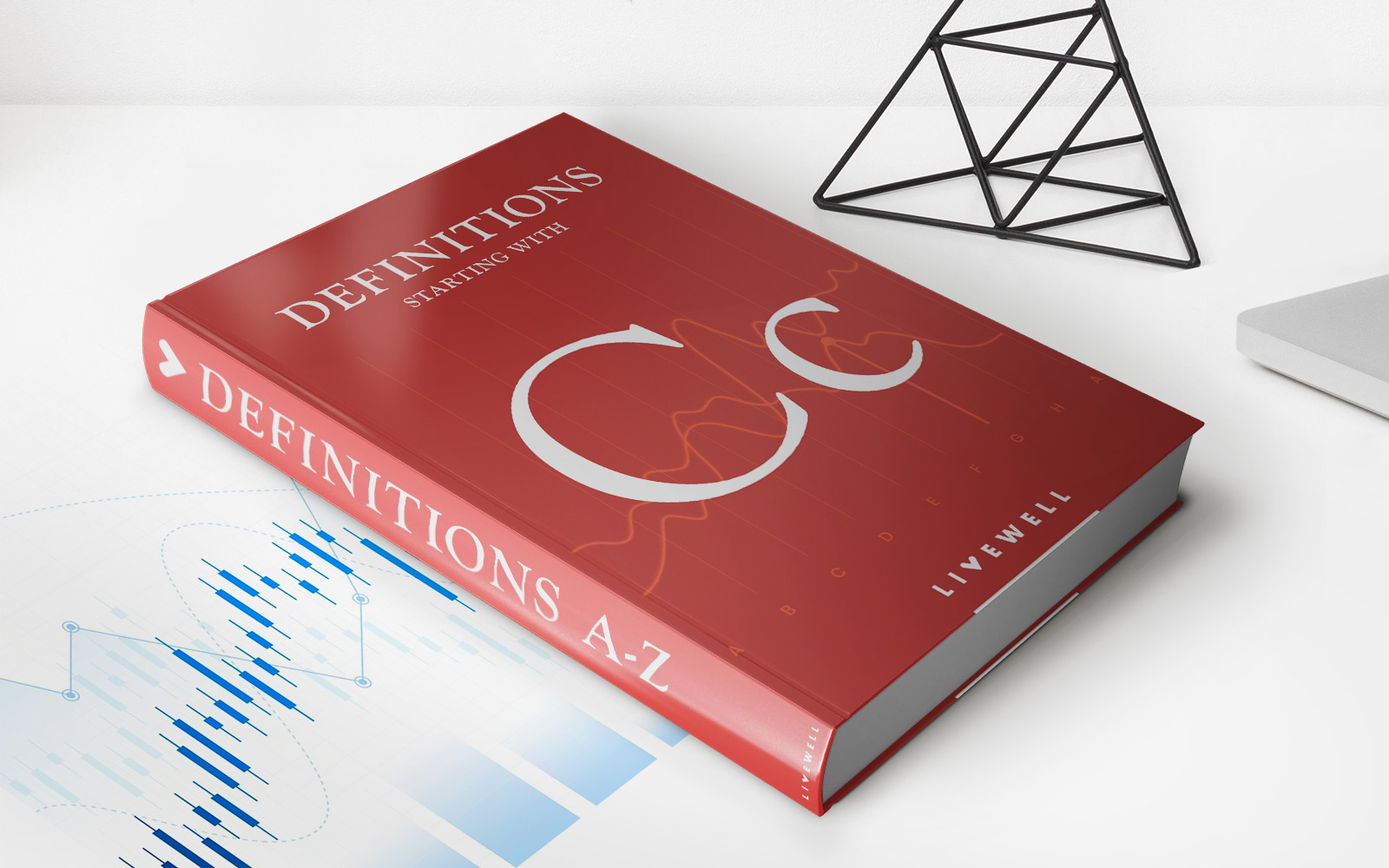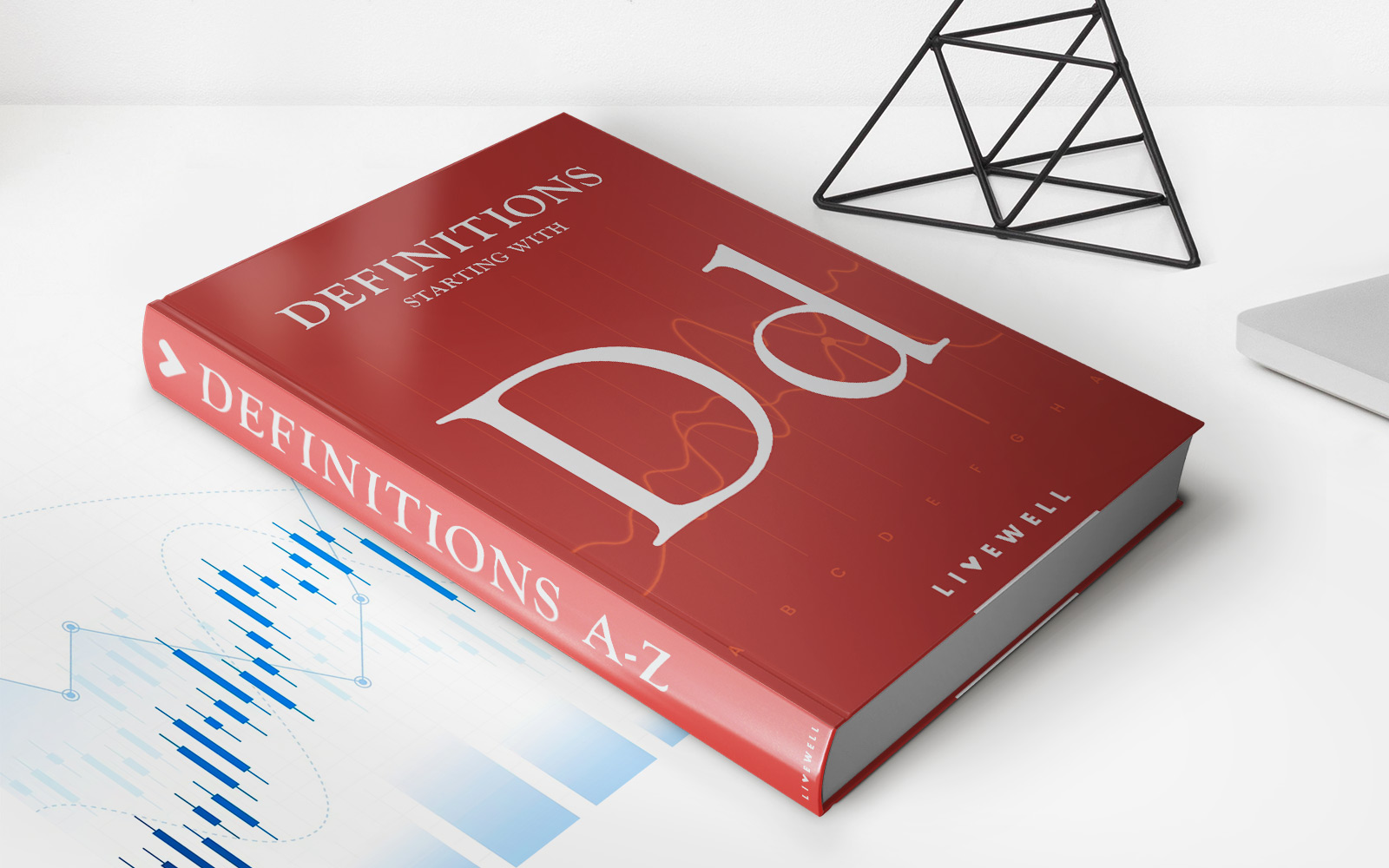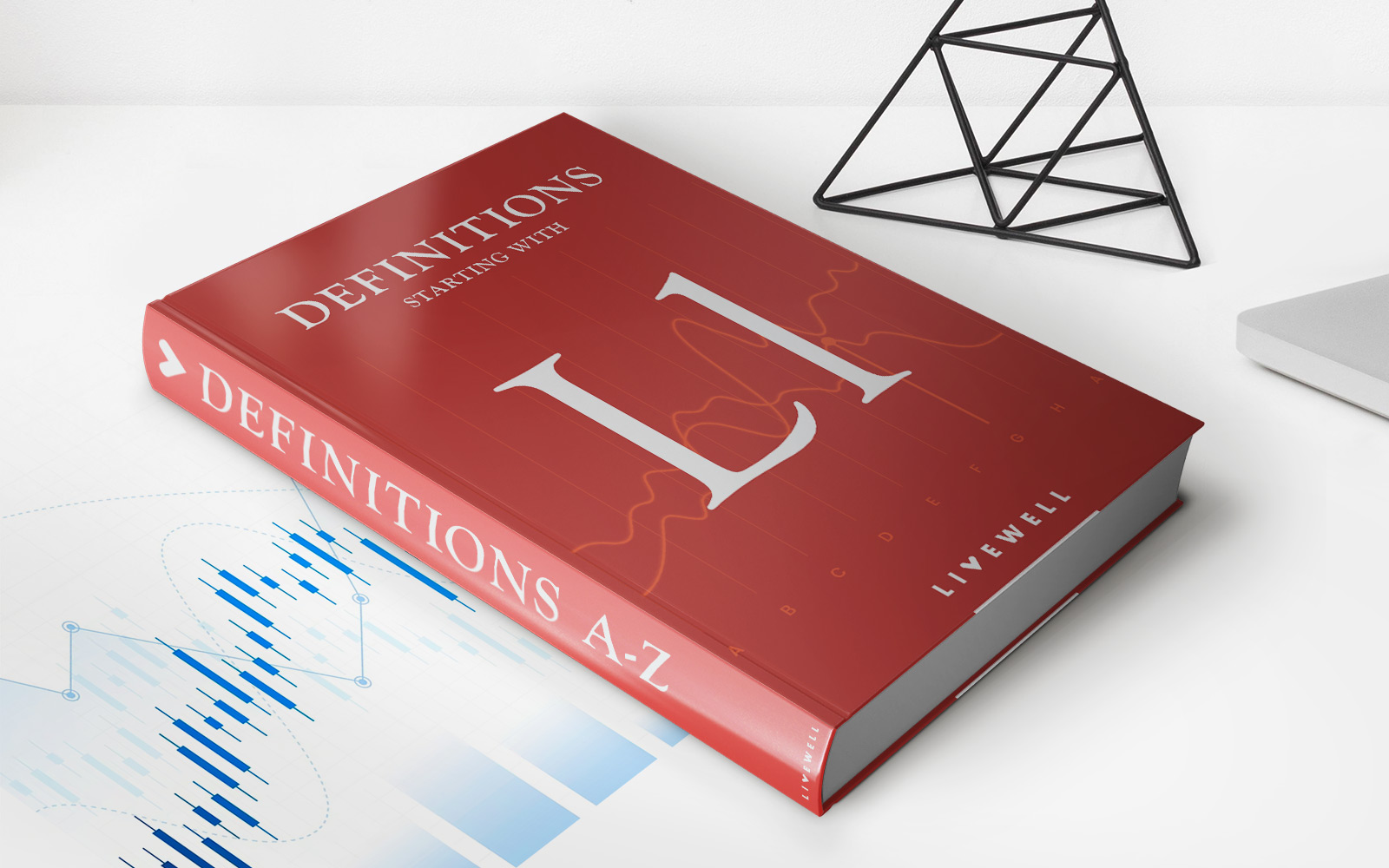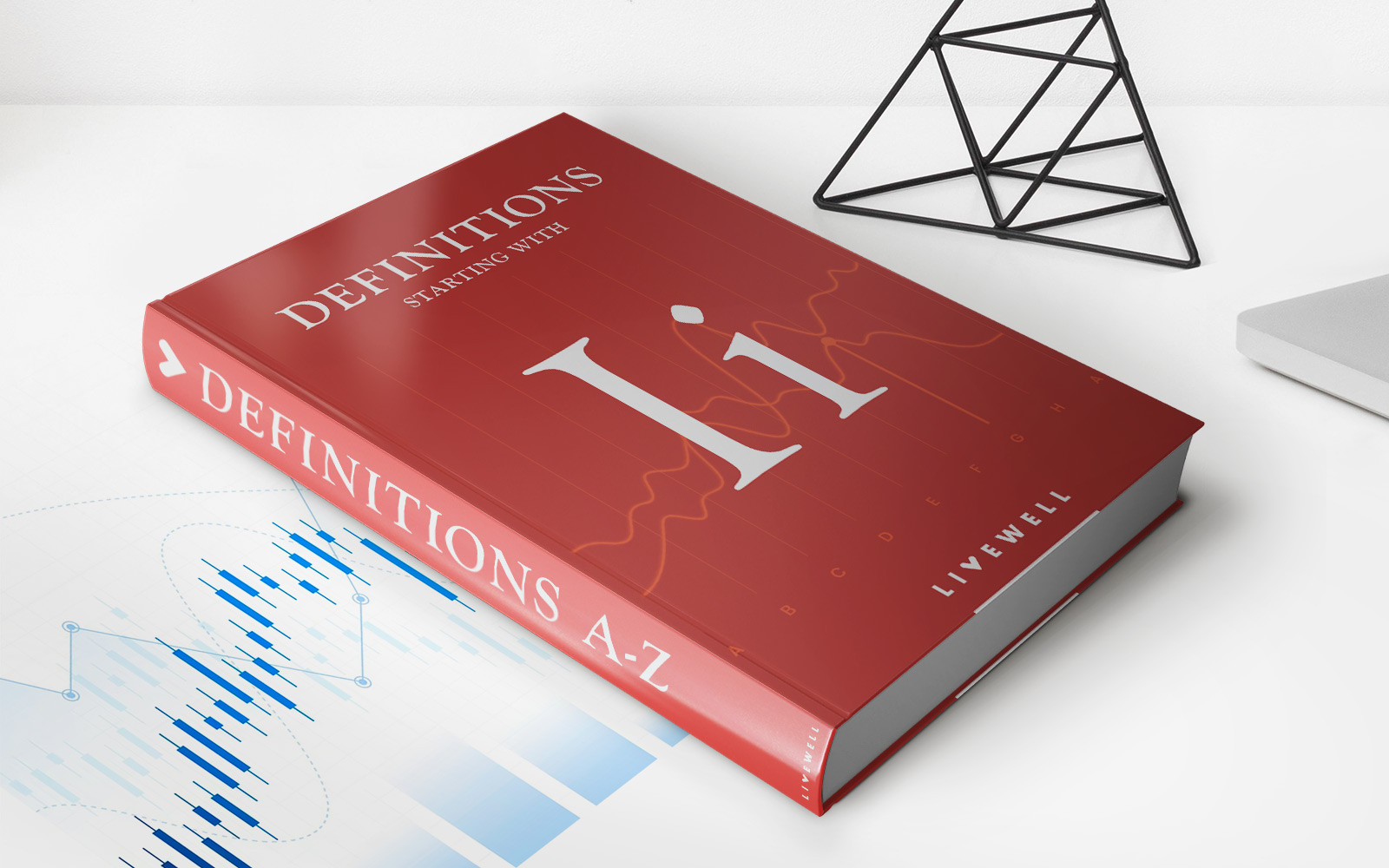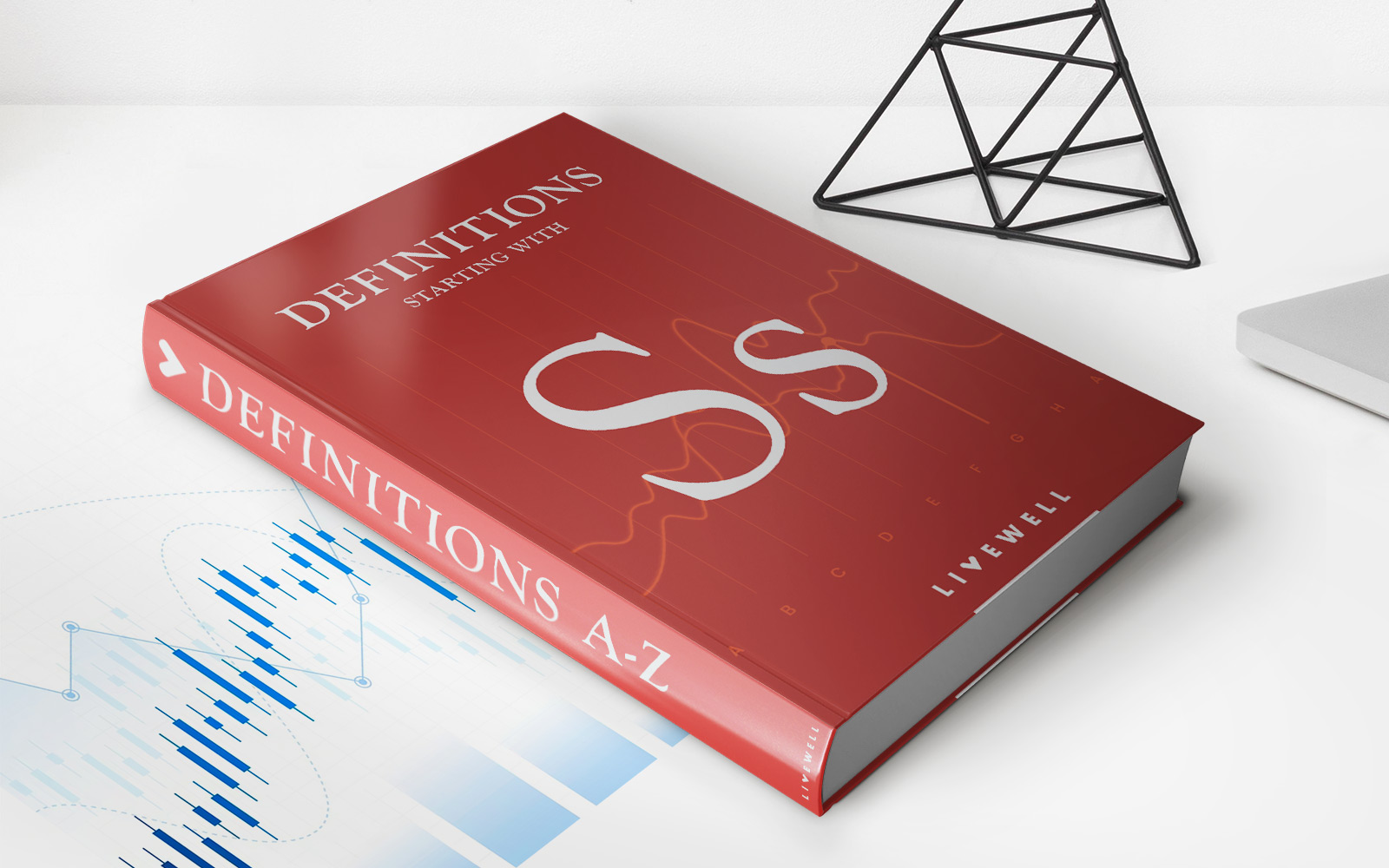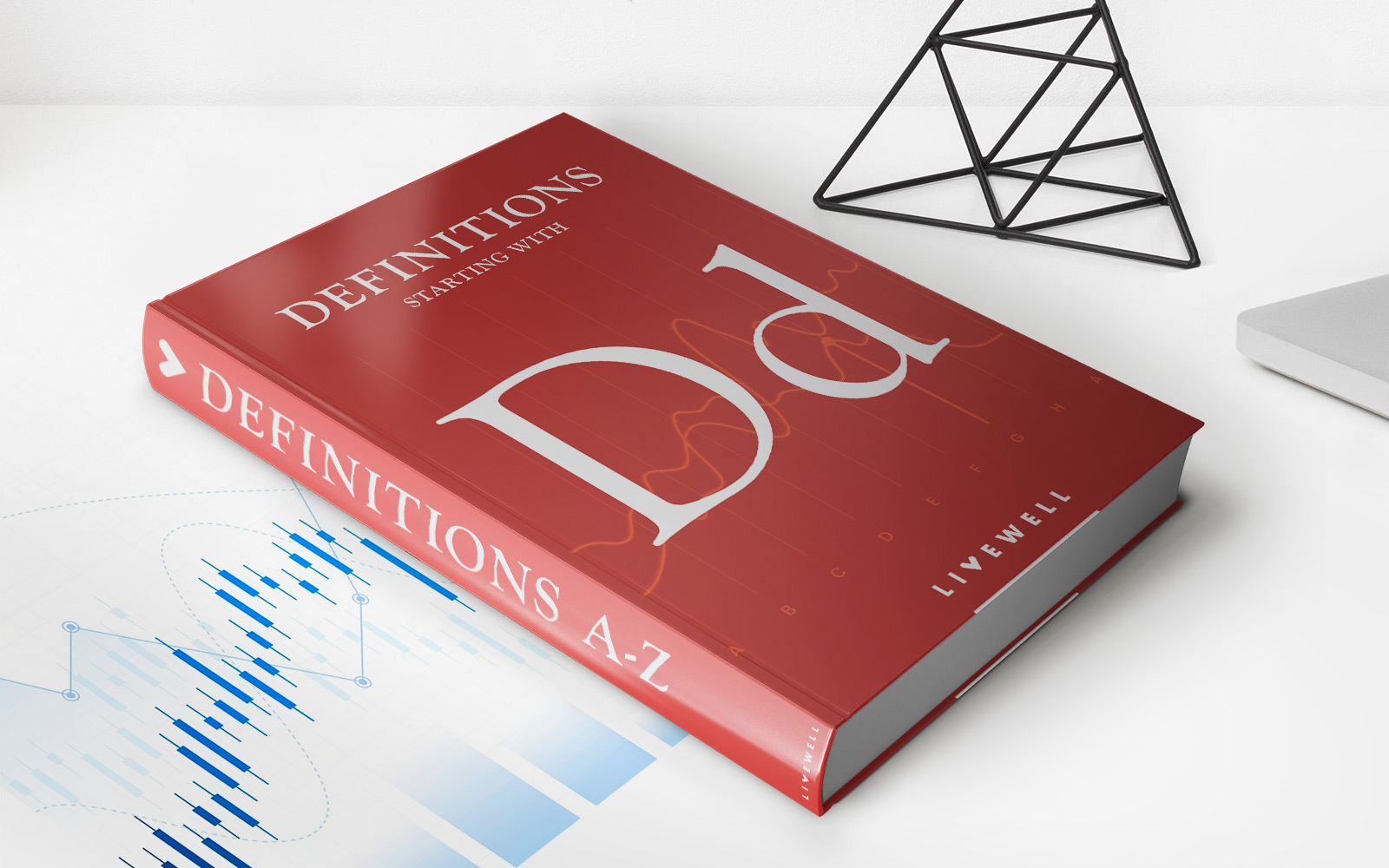

Finance
Discretionary ARM Definition
Published: November 12, 2023
Learn about the definition of discretionary ARM and its implications in finance. Gain insights into this financial term and make informed decisions.
(Many of the links in this article redirect to a specific reviewed product. Your purchase of these products through affiliate links helps to generate commission for LiveWell, at no extra cost. Learn more)
Discretionary ARM Definition: Understanding the Basics
When it comes to managing your personal finances, being well-informed is key. In the realm of finance, there are countless terms and acronyms that may seem overwhelming at first. One such term is “Discretionary ARM.” In this blog post, we will provide you with a comprehensive understanding of the Discretionary ARM definition, how it works, and its significance in the financial world.
Key Takeaways:
- A Discretionary ARM is an adjustable rate mortgage (ARM) where the lender has the discretion to adjust the interest rate periodically.
- Discretionary ARMs provide financial institutions with flexibility but can introduce an element of uncertainty for borrowers.
Let’s dive right into what exactly a Discretionary ARM is and how it differs from a traditional adjustable rate mortgage. An adjustable rate mortgage, or ARM, is a type of loan where the interest rate fluctuates over time. In a standard ARM, the interest rate adjustments are based on a predetermined index, such as the Treasury Bill rate or the London Interbank Offered Rate (LIBOR).
However, in the case of a Discretionary ARM, the lender has the authority to make adjustments to the interest rate at their discretion. This means that the lender can raise or lower the interest rate outside the confines of a set index. The frequency of adjustments and the potential percentage increase or decrease are typically stated in the loan agreement.
Why would a lender opt for a Discretionary ARM? The primary advantage for the lender is greater flexibility. They can respond to market conditions and manage their risk exposure more effectively. On the other hand, borrowers face more uncertainty as they cannot predict when and by how much the interest rate may change.
It’s essential for borrowers to carefully consider their financial situation and risk tolerance before selecting a Discretionary ARM. While it may offer a lower initial interest rate, one must be prepared for potential rate increases in the future.
Here are two key takeaways to remember about Discretionary ARM:
- Discretionary ARMs provide the lender with flexibility in adjusting the interest rate outside of a predetermined index.
- Borrowers must weigh the potential benefits of a lower initial interest rate against the uncertainty of future rate adjustments.
Understanding the Discretionary ARM definition and its implications can empower you to make informed decisions about your personal financial situation. If you find yourself considering a Discretionary ARM, it’s crucial to consult with a mortgage professional who can guide you through the process and provide personalized recommendations based on your specific needs and goals.
Remember, knowledge is power, and arming yourself with the information you need will help you navigate the complex world of finance with confidence.
